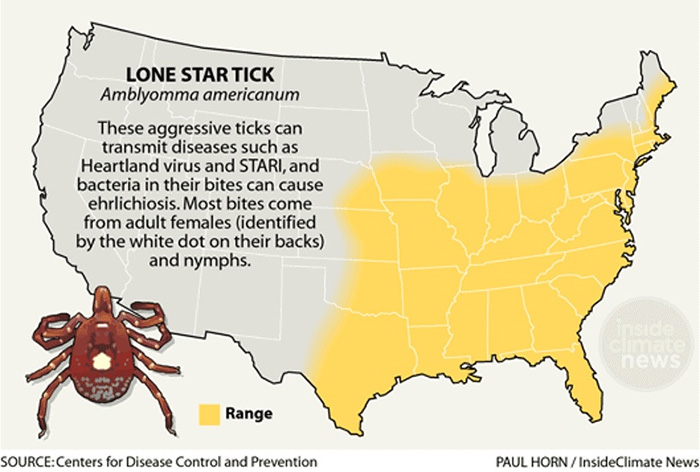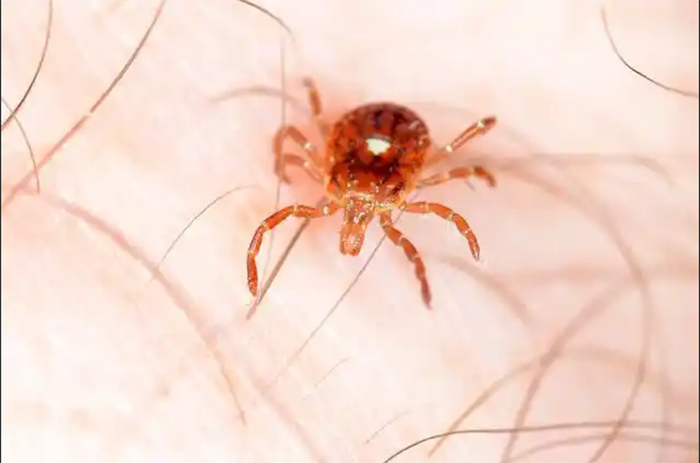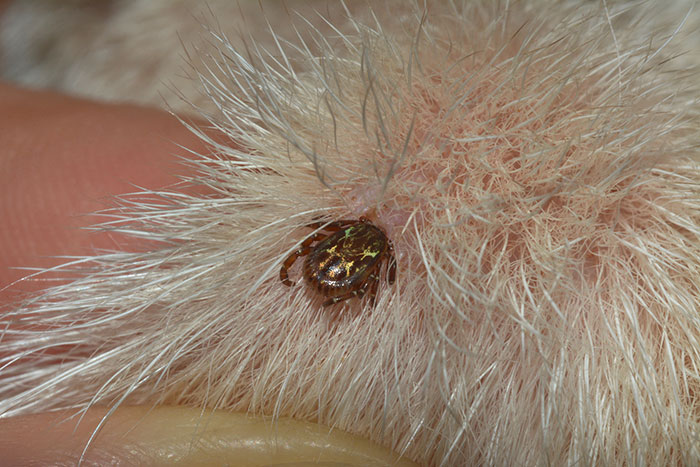14/03/2022
How to Get Rid of Frogs?
Frogs are exciting and beneficial animals that can be had in your garden yard. Loud squeaks may cause kids to laugh, and when it's a chorus outside their bedroom window all night, it's no joke.
Having a large population of frogs in your yard could indicate that you also have insect or water problems, since frogs don't congregate in areas without adequate food and water.
Some frogs can be poisonous to pets, and frogs attract snakes that prey on them. If there are more than one jump or two, it...
See More




